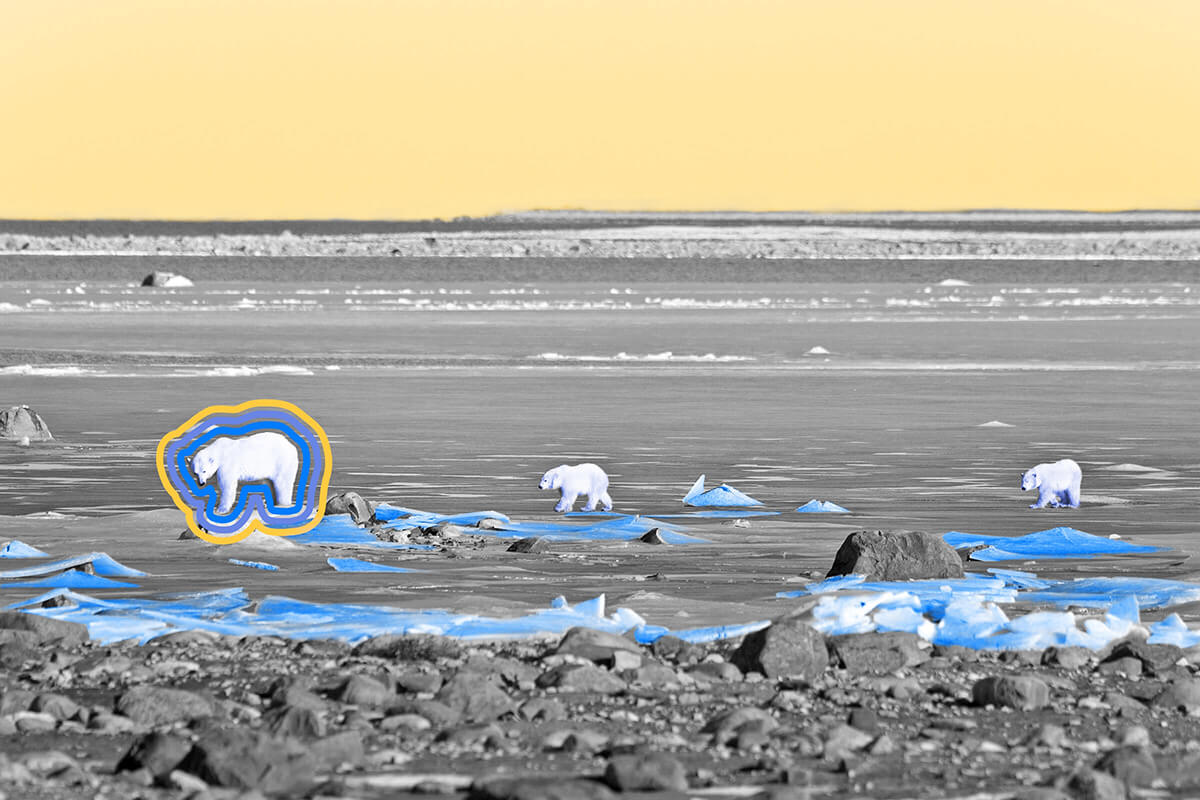
Gravity in Canada’s Hudson Bay area is weaker than in other parts of the world.
Earth is far from the perfect “blue marble” we like to picture. In reality, our planet is filled with deep trenches, towering mountains, and centrifugal bulges that make its mass uneven across the globe — and that unequal distribution can really mess with gravity. One famous example is the Hudson Bay region in northeastern Canada, where gravity reaches some of its weakest levels in the entire world. These levels aren’t extraordinarily low — residents weigh only one-tenth of an ounce less than they would elsewhere — but it’s enough for scientists to take notice and wonder why this particular area experiences gravity differently.
The force of gravity is calculated using mass and distance. To put it simply, the mass of the Earth, combined with our proximity to its surface, is why we feel gravity the way we do. This is also why astronauts experience lower gravity as they move farther away from the Earth’s surface. Because we experience the Hudson Bay anomaly while still on Earth, that must mean the area somehow has less mass. It turns out there’s not only one, but two reasons for this. The first is a process in the Earth’s mantle (found 60 to 124 miles beneath the planet’s surface) called convection, in which super-hot magma moves continuously in a circular motion, sinking and rising back up again — and pulling tectonic plates with it. One of these sinking currents occurs in the Hudson Bay region, and could account for an estimated 55% to 75% of its “missing” gravity.
The second reason takes us back 20,000 years to the last ice age, when much of North America was covered by a nearly 2-mile-thick glacier called the Laurentide Ice Sheet. Its massive bulk, especially around Hudson Bay where the glacier formed huge domes, compressed rock into the Earth’s mantle and created a giant indent with less mass. Scientists have confirmed that gravity is slowly increasing in the area as the Earth rebounds (at about half-an-inch per year) from this glacial trauma, but residents of the Hudson Bay region will still experience some gravity-induced weight loss for the next 5,000 years or so.
Traveling 186,000 miles a second, light takes only about eight minutes to traverse the 93 million miles between the sun and the Earth. It’s the fastest thing known to science — well, one of the fastest. Gravity also travels through space at the speed of light, as hypothesized by Albert Einstein’s General Theory of Relativity. However, gravity is much harder to measure than light, in part because it’s a much weaker force, and because scientists can’t just turn it on and off while scribbling notes. In 2003, nearly 90 years after Einstein first shared his grand theory, scientists from the National Radio Astronomy Observatory (NRAO) used a once-in-a-decade celestial alignment to measure the speed of gravity. As the massive bulk of Jupiter passed in front of a specific quasar (very bright young galaxies located very far away), scientists measured how the quasar’s radio waves bent around the gas giant. Because the amount of bending depended on how quickly gravity propagated around Jupiter, NRAO scientists could finally determine its speed. The fact that light and gravity move at the same speed means that if the sun were to instantly vanish, Earth would still enjoy about eight minutes of sunshine while orbiting around, well, nothing — before being slingshot into the cold vastness of space.

